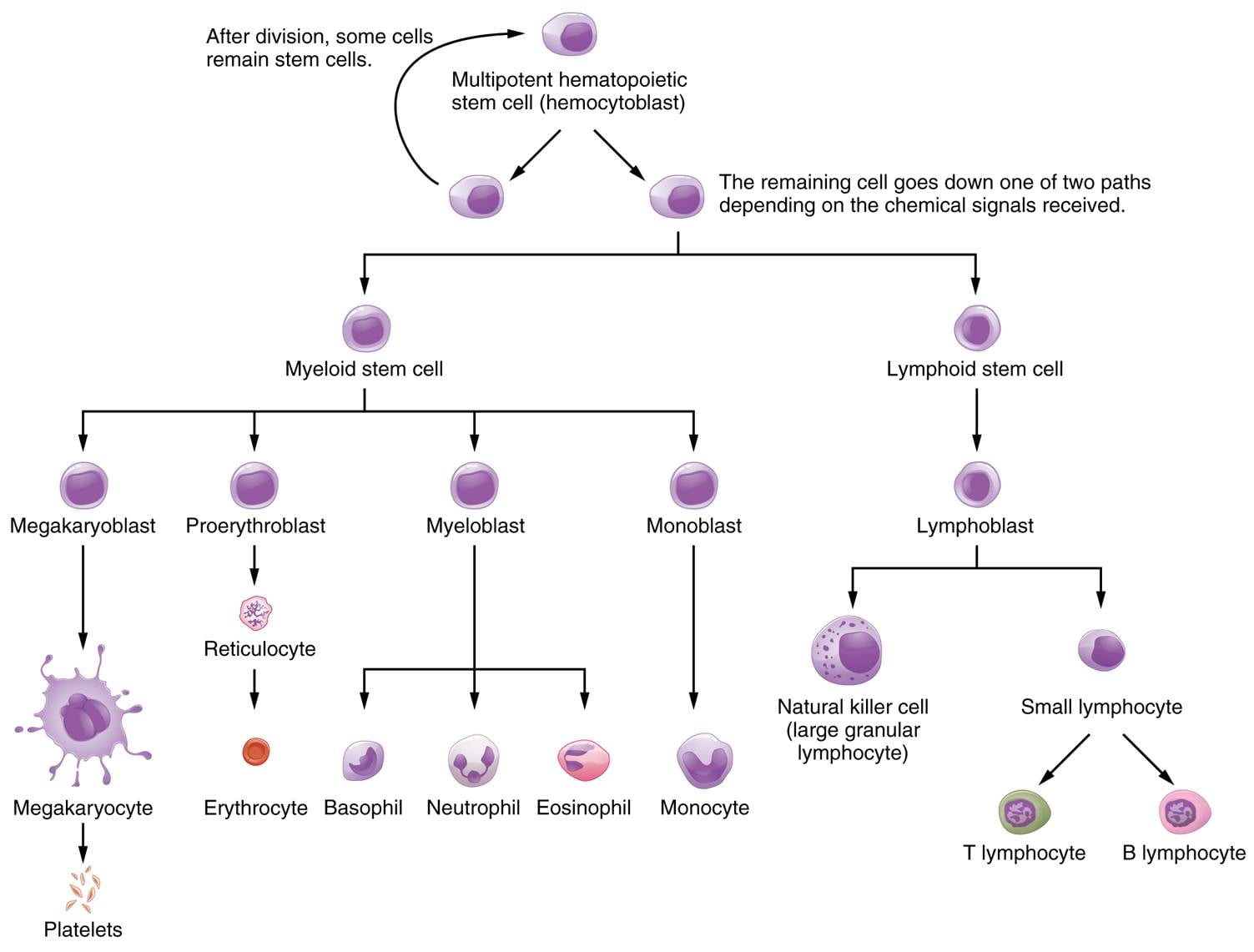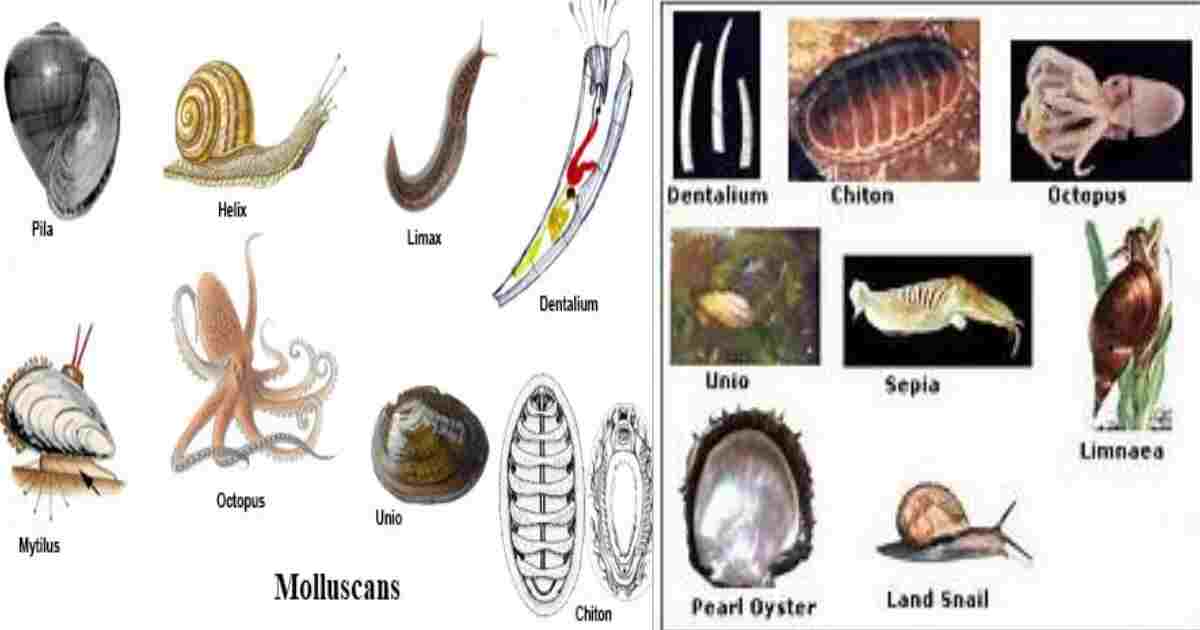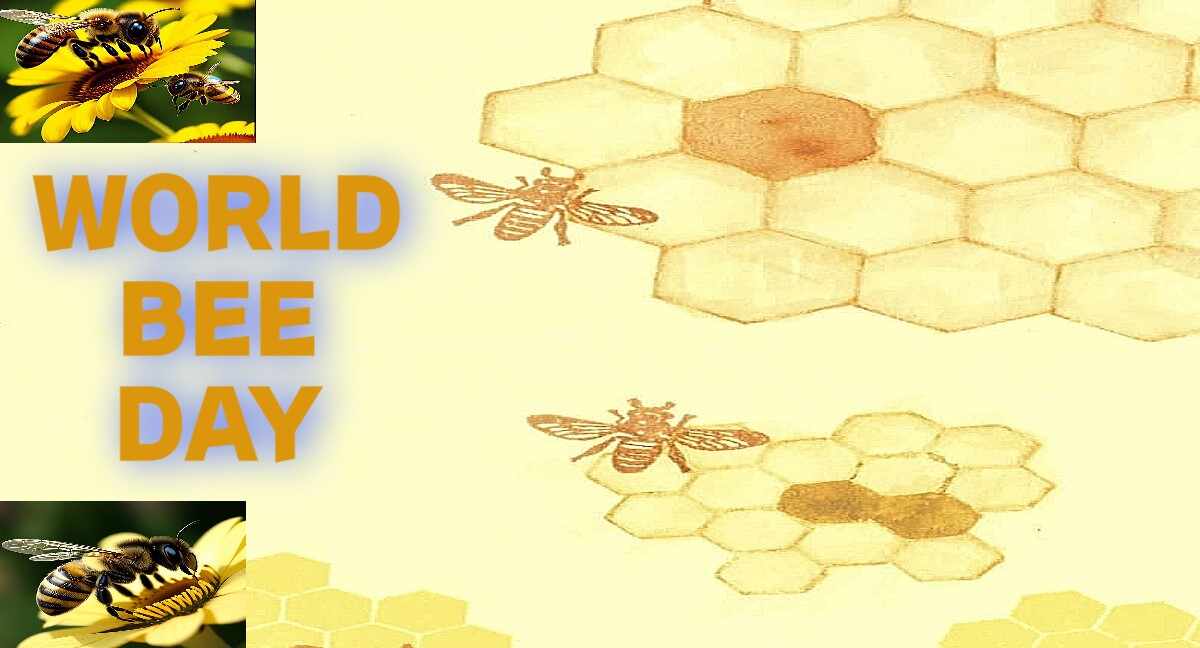Honey Bee Products: Honey bees are amazing creatures that produce many useful products for humans and the environment. They are not only important pollinators, but they also produce a variety of valuable products that humans use for food, medicine, and other purposes.
Honey Bee Products
Some of the most common and beneficial products from honey bees are:
Honey
A natural sweetener that is rich in carbohydrates and antioxidants. Honey can be used for cooking, baking, medicine, religious ceremonies, and cosmetics. Honey is a food material for the bees and their larvae. Large quantities of honey are stored in the hive to meet the demands in scarcity. Chemically, honey is a viscous water solution of sugar. Its approximate composition in percentage is as follows:
- Water 13-20
- Fructose 40-50
- Glucose 2-3
- Minerals Traces
- Vitamins (minute quantities) (B1, B2, C)

Composition of honey and its different flavours depend on the kinds of flowers from which the nectar is collected. Nectar is sucked from flowers and mixed with saliva. It is swallowed into a special region of the gut called honey stomach. Nectar is a disaccharide (sucrose) it is
hydrolysed by the salivary amylase to produce monosaccharides (fructose and glucose).
Inside the hive the workers regurgitate the processed nectar. The honey thus produced is still very dilute. After placing this honey onto the storage cells of the hive the bees “fan” with their wings to evaporate the excess water and bring the honey to its required concentration. Extraction of honey from the combs is done by centrifugation. ‘Honey Bee Products’
Uses of Honey
Some uses of honey are as follows-
- Food : Honey is a nutritious food, rich in energy and vitamins.
- Medicines: It is used as a carrier in ayurvedic and unani medicines. It acts as a laxative and prevents cold, cough and fever.
- It is used in religious ceremonies. ‘Honey Bee Products’
- It goes in the making of alcoholic drinks and beauty lotions.
- Another important use is in scientific research for making bacterial cultures.
- It is also utilised for making poison baits for certain insect pests.
Purity Standards
There is no ready method to test the purity of honey by the customers. Homogenous granulation is a probable sign of its purity. Otherwise there are laboratory methods for testing (test for monosaccharides). ‘Honey Bee Products’
Beeswax
Beeswax is secreted by the wax glands located on the underside of the last four abdominal segments (4th to 7th) of the worker bee. This wax is used in constructing bee combs in which the colony of the bees develops.

Uses of beeswax
Some uses are as follows:
- Making of candles (the modern candles are made of paraffin wax, a petroleum product);
- Preparation of varnishes and paints;
- Water proofing and waxing of threads ‘Honey Bee Products’
- formation of comb foundation (wax foundation in apiaries).
- Excellent moisturizer with anti-inflammatory and anti-allergic qualities is beeswax.
- Because it calms sensitive skin, it is a common ingredient in products meant to treat rosacea and eczema.
- Due to its ability to hydrate hair, lessen hair loss, and promote growth, it is also utilized in hair care products. It facilitates long-term moisture retention in hair.
- During severe weather, beeswax creates a barrier on your skin to shield it from outside pollutants.
- Additionally, the by-product possesses pain-relieving qualities.
- Beeswax salves, lip balms, and candles are highly sought-after products.
- It is also utilized in aromatherapy. ‘Honey Bee Products’
Bee pollen
A mixture of pollen grains collected by the bees from various flowers. Bee pollen is a nutrient-rich supplement that has anti-inflammatory properties and can boost the immune system. Pollen from flowers is typically collected by honeybees and returned to their hives where it is combined with their hormones and digestive enzymes. In essence, bee pollen is a concoction of several materials, including enzymes, nectar, wax, honey, pollen, and other secretions from bees. The finished product feeds the colony of bees. This incredibly nutrient-dense bee by-product, which is kept in the shape of tiny balls, is packed with vitamins, lipids, amino acids, and other minerals.

Uses of Bee Pollen
- Bee Pollen is rich in all the nutrients that humans require, making it a highly nutritious superfood. ‘Honey Bee Products’
- Containing vitamin B12, it offers antiviral and antibacterial capabilities.
Additionally, the by-product is used to improve capillaries and decrease cholesterol. - Bee pollen contains active enzymes that aid in the prevention and treatment of various ailments, including rashes, eczema, diabetes, asthma, and arthritis.
- Bee pollen helps with immune system building, weight management, and reproductive enhancement.
- Children are often given it to help with their intellectual and physical development.
Propolis
A resinous substance collected by the bees from plant sources. Propolis is a natural antibiotic that can heal wounds, infections, and inflammations. Propolis, one of the most well-known bee products, is a concoction of beeswax and resins extracted from flowers and leaf buds. Bees utilize it to seal hive cracks and line the interiors of their nest cavities and brood combs. In addition, propolis is mixed with beeswax and used to seal dead animals that are impossible to remove from the brood cells. Its antifungal and antibacterial qualities, which make it an important product for bees, help shield the colonies from illnesses and infections and slow the spread of bacteria that causes decay. Propolis’s hue, makeup, smell, and therapeutic qualities might change depending on the area, time of year, and types of plants surrounding the hives. It boasts a variety of vitamins, minerals, flavonoids, fatty acids, polysaccharides, and polyphenols, among other things. ‘Honey Bee Products’

Uses of Propolis
- Propolis has antiviral, antifungal, and antibacterial qualities. It is a naturally occurring antioxidant.
- It is a component of medications that treat inflammation, strengthen immunity, and lower free radicals. ‘Honey Bee Products’
- Because of its capacity to aid in tissue regeneration, it is a frequently found element in skin care products and cosmetics.
- In addition, the by-product has been shown to cure wounds, burns, digestive issues, respiratory infections, dental issues, and the cardiovascular system.
- Additionally, propolis has certain immune-stimulating qualities.
Royal jelly
A milky secretion produced by the worker bees to feed the queen bee and the larvae. Royal jelly is a nutrient-rich supplement that has anti-inflammatory properties and can improve skin health. To provide food for both the larvae and the adult queens, nurse bees make royal jelly from their hypopharynx glands. Owing to its low pH, it tastes sour and might be white, brown, gray, or yellow. There are several minerals, vitamins, carbohydrates, fatty acids, amino acids, and sugars like fructose and glucose present in the viscous, gelatinous material that condenses over time. ‘Honey Bee Products’

Uses of Royal Jelly
- Royal jelly fights anemia and lagging development in children.
- It helps treat viral infections, depression, anxiety, constipation, hypertension, diabetes, malnutrition, hormonal imbalances, and many more diseases in adults.
- This by-product has antibacterial, antioxidant, antifungal, antimicrobial, and anti-inflammatory properties. It is also beneficial for the immune system.
- It can directly be applied to stimulate the skin and the scalp and speeds up the process of wound healing. The jelly-like bee product is also recommended for curing symptoms related to menopause and PMS. ‘Honey Bee Products’
Bee venom
Bee venom has been used for thousands of years as a traditional medicine in various parts of the world. This colorless substance is acidic in nature and is excreted through the bee stingers. A toxin injected by the bees when they sting. Bee venom has anti-inflammatory, antiviral, and antibacterial properties and can be used for treating various conditions such as arthritis, rheumatism, and multiple sclerosis.
Uses of Bee Venom
- Bee venom immunotherapy is given to people who are allergic to bee stings. It highly reduces the chances of getting a reaction for about a decade.
- Some clinical trials have proved that bee venom can treat inflammatory skin conditions like psoriasis. ‘Honey Bee Products’
- It is believed to be beneficial for treating pain. Apipuncture, which is a form of acupuncture, is being tested for drug-free pain relief.
- Some of the other diseases that bee venom can treat include arthritis, Parkinson’s disease, and frozen shoulder, among others.
Honeycomb
The hexagonal structure made of beeswax that contains the honey and the brood. Honeycomb can be eaten as a natural sweetener and a health supplement. The dwelling that honeybees construct to keep their young, honey, and other goods is called honeycomb. It is made of propolis and beeswax and has hexagonal cells that can hold royal jelly, honey, pollen, or bee bread. The waxy cells in this hive product are edible. Rich in carbohydrates and antioxidants, the honeycomb includes pure, unfiltered honey intact with all the natural sweetness, enzymes, and antioxidants. Considering that it contains all the beneficial bee products, it is quite a healthy product to eat. ‘Honey Bee Products’
Uses of Honeycomb
- As honeycomb contains the goodness of all the bee products, it helps keep your heart healthy. ‘Honey Bee Products’
- Most of the bee products are antibacterial, antifungal, antimicrobial. Thus, honeycomb can help you keep infections at bay.
- Apart from honey, honeycomb can replace sugar in beverages, too. Honeycomb can also be consumed to cure respiratory tract infections and cough in children as its main ingredient is honey.
Bee bread
Bee bread is a source of protein produced by honeybees for the larvae and young ones. A mixture of pollen, lactic ferments, and honey is prepared and sealed within the cells of the honeycomb that turns into bee bread roughly after three months of fermentation. A fermented mixture of pollen, honey, and enzymes stored by the bees in the honeycomb. Bee bread is a nutrient-rich supplement that has probiotic properties and can improve digestion and metabolism. ‘Honey Bee Products’
Uses of Bee Bread
- A great source of energy, bee bread has detoxifying properties along with the ability to increase hemoglobin and boost energy.
- It is an immune-boosting product recommended for children and people with mineral and selenium deficiencies. ‘Honey Bee Products’
- Bee bread also reduces appetite, helps with weight management, and regulates cholesterol and triglycerides. This bee by-product is known for treating liver disorders, intestinal problems, and constipation.
Apilarnil
A product made from the crushed bodies of drone larvae. Apilarnil is a dietary supplement that has properties that support the immune system, sexual health, and vitality.
Drone pupa
The immature stage of the male bees. Drone pupa can be eaten as a delicacy or a protein source in some countries. ‘Honey Bee Products’
Wax moth
A moth that feeds on the beeswax and honeycomb. Wax moth can be used as a protein supplement or a bait for fishing in some countries.





